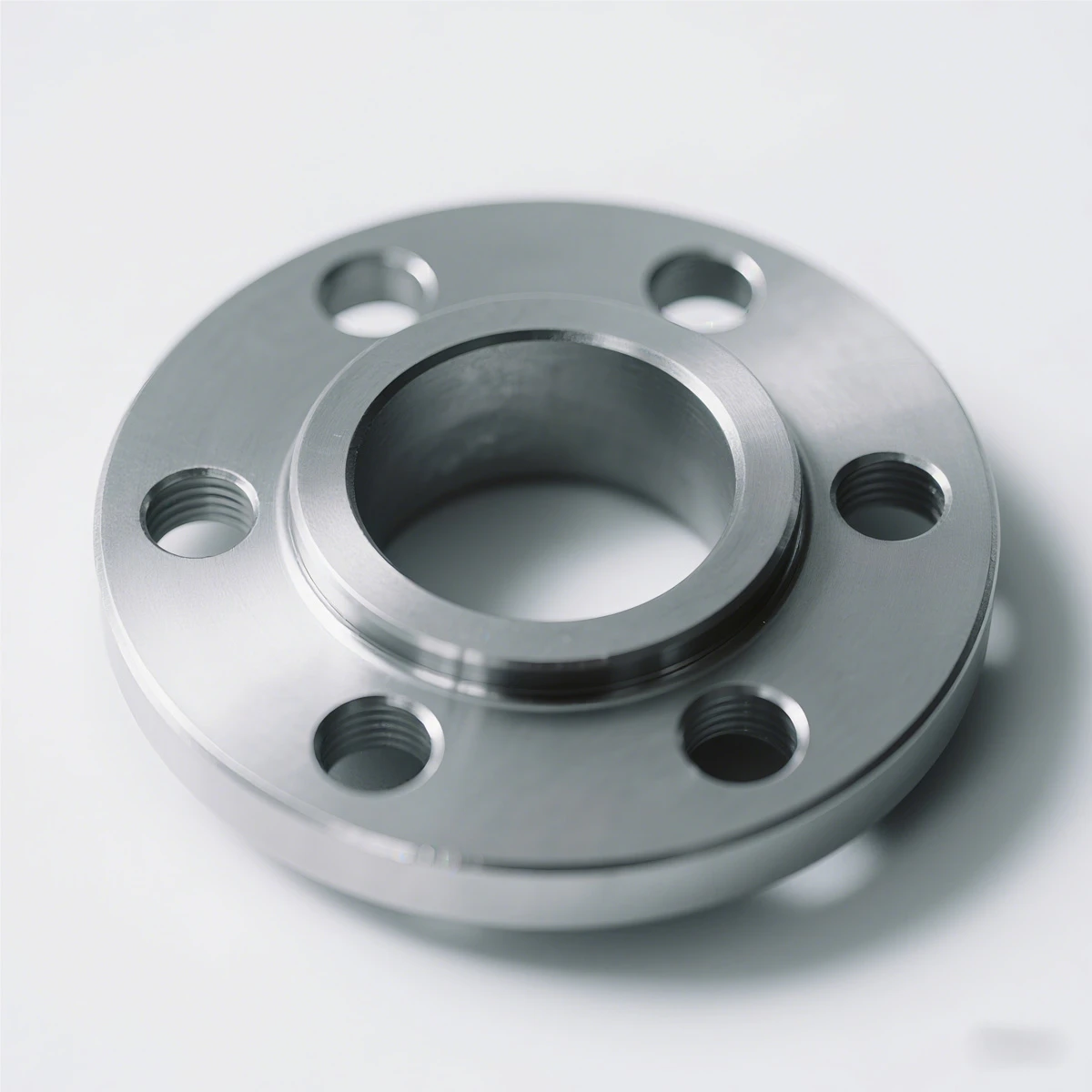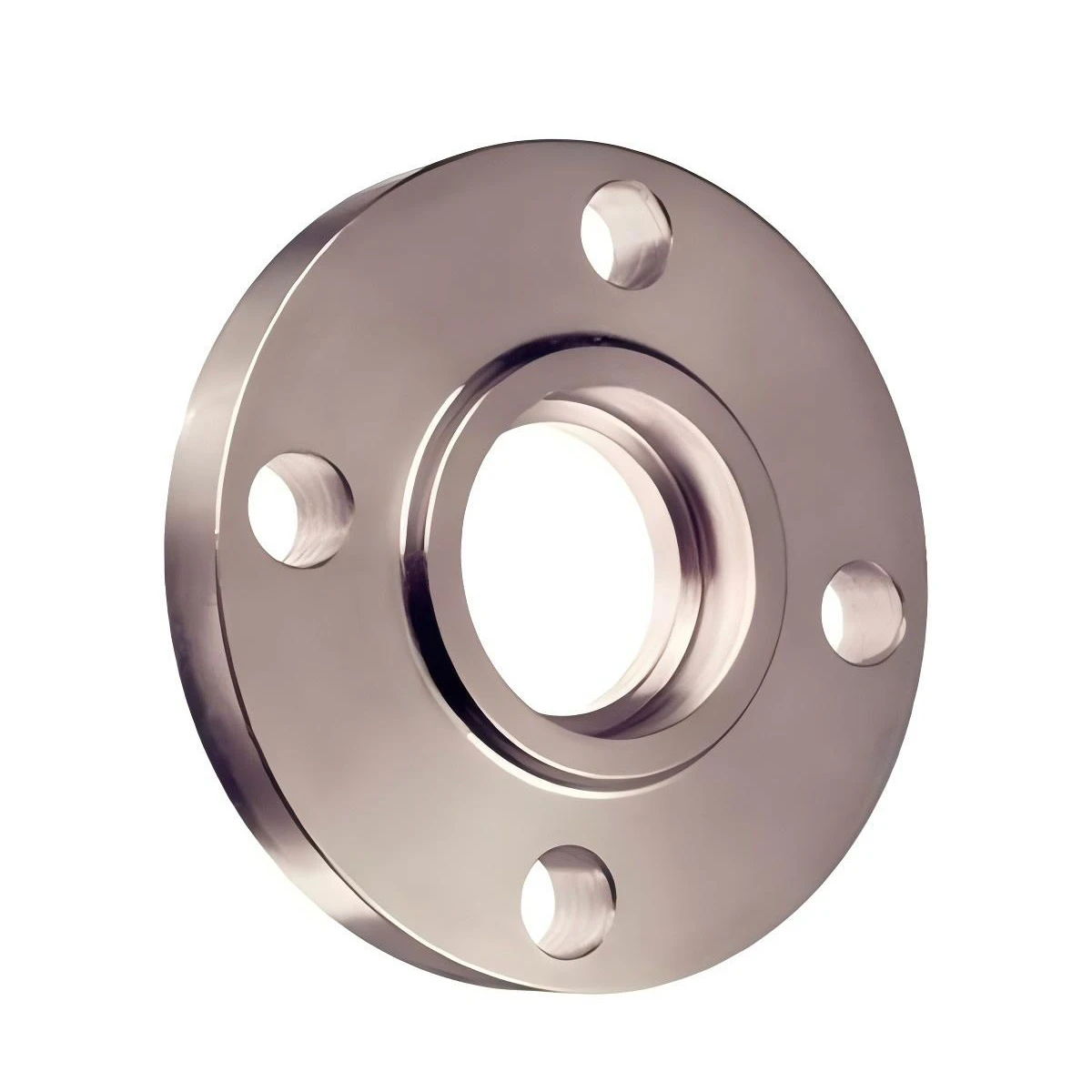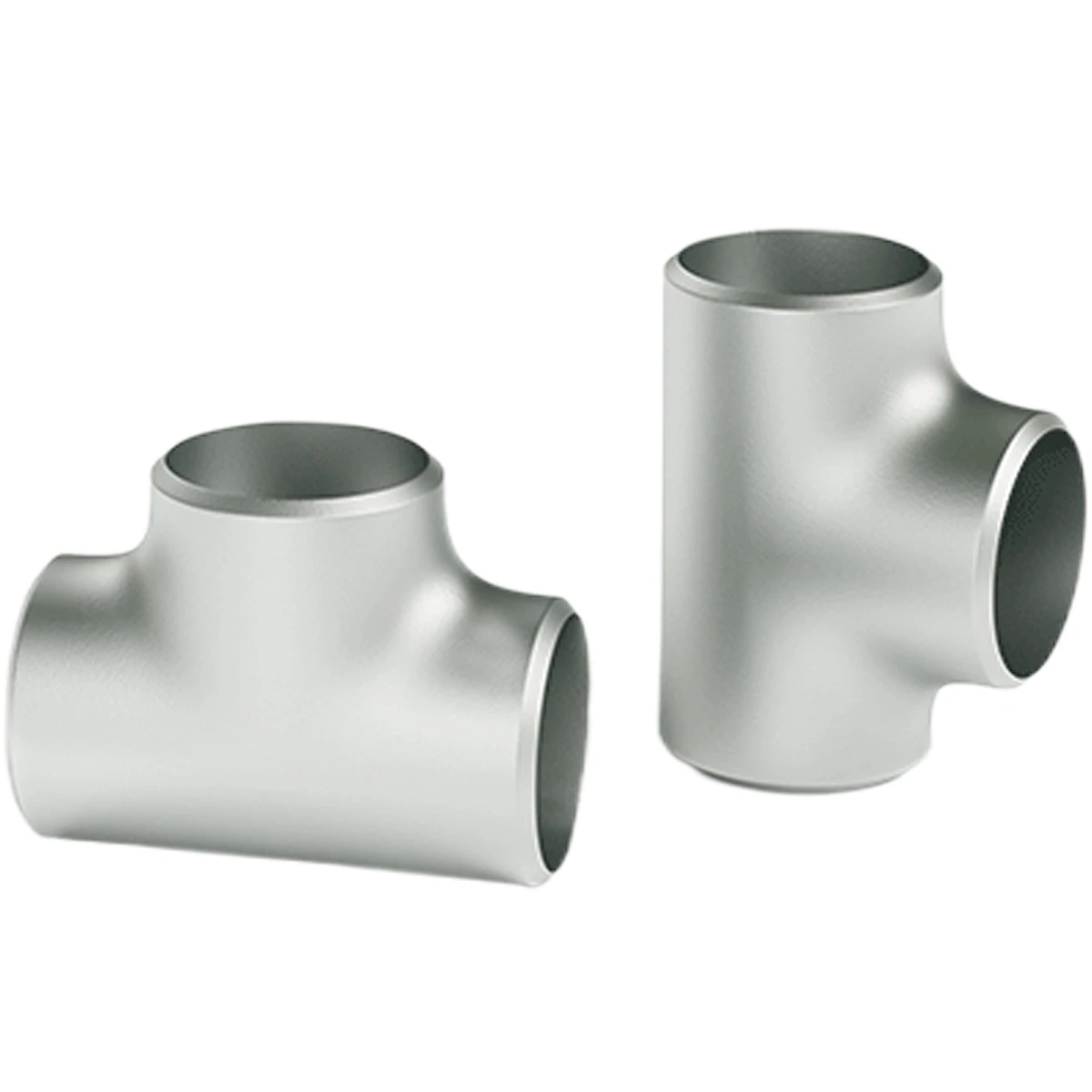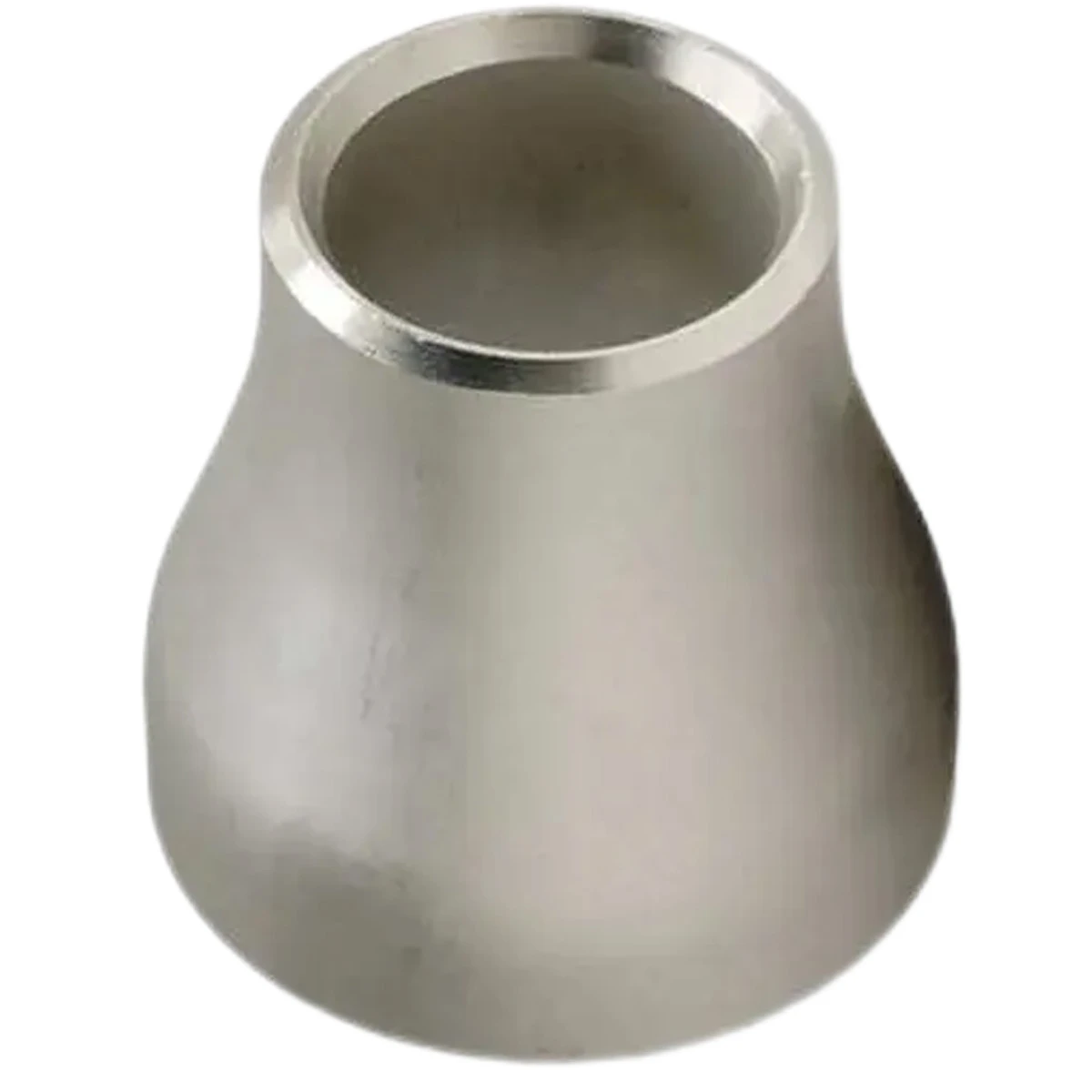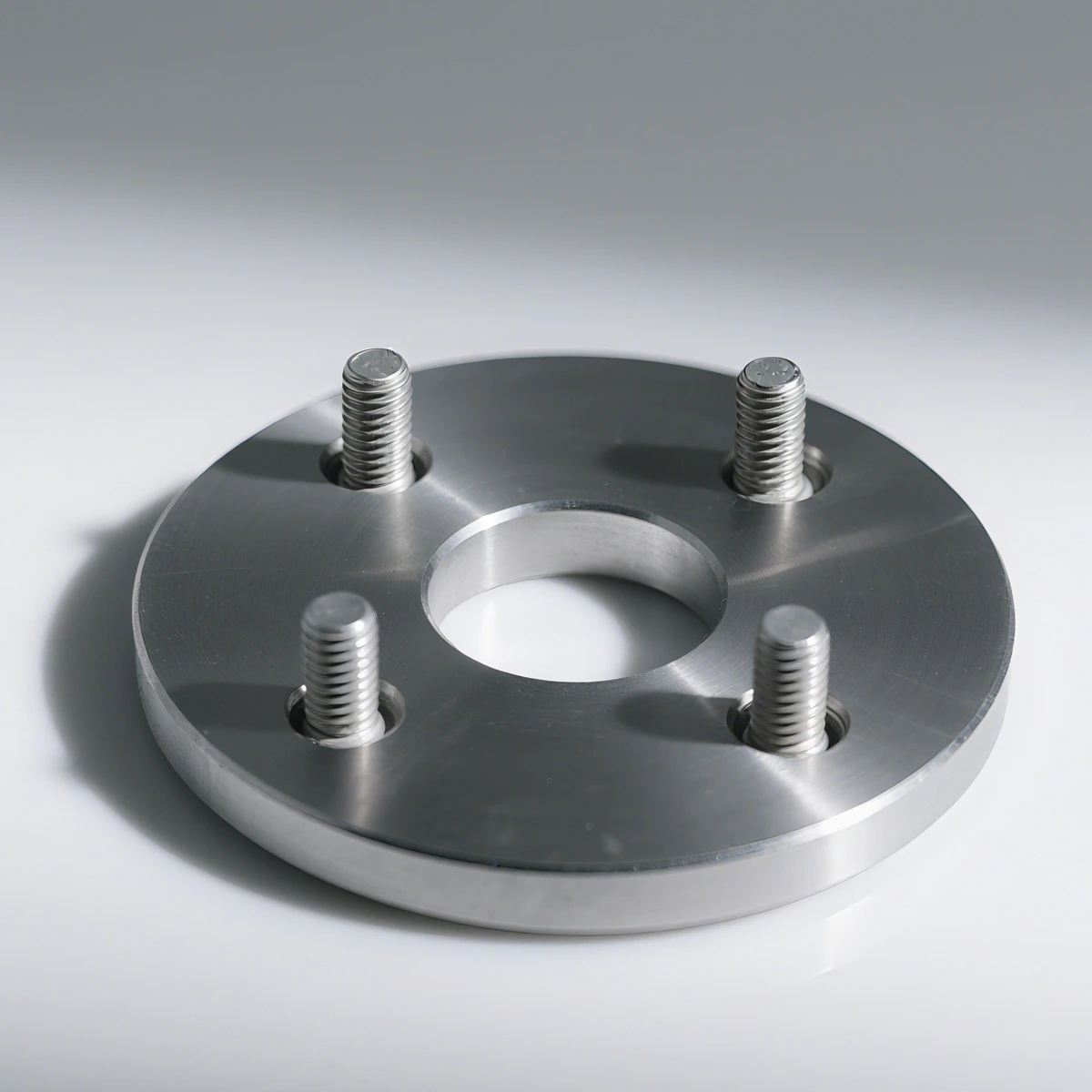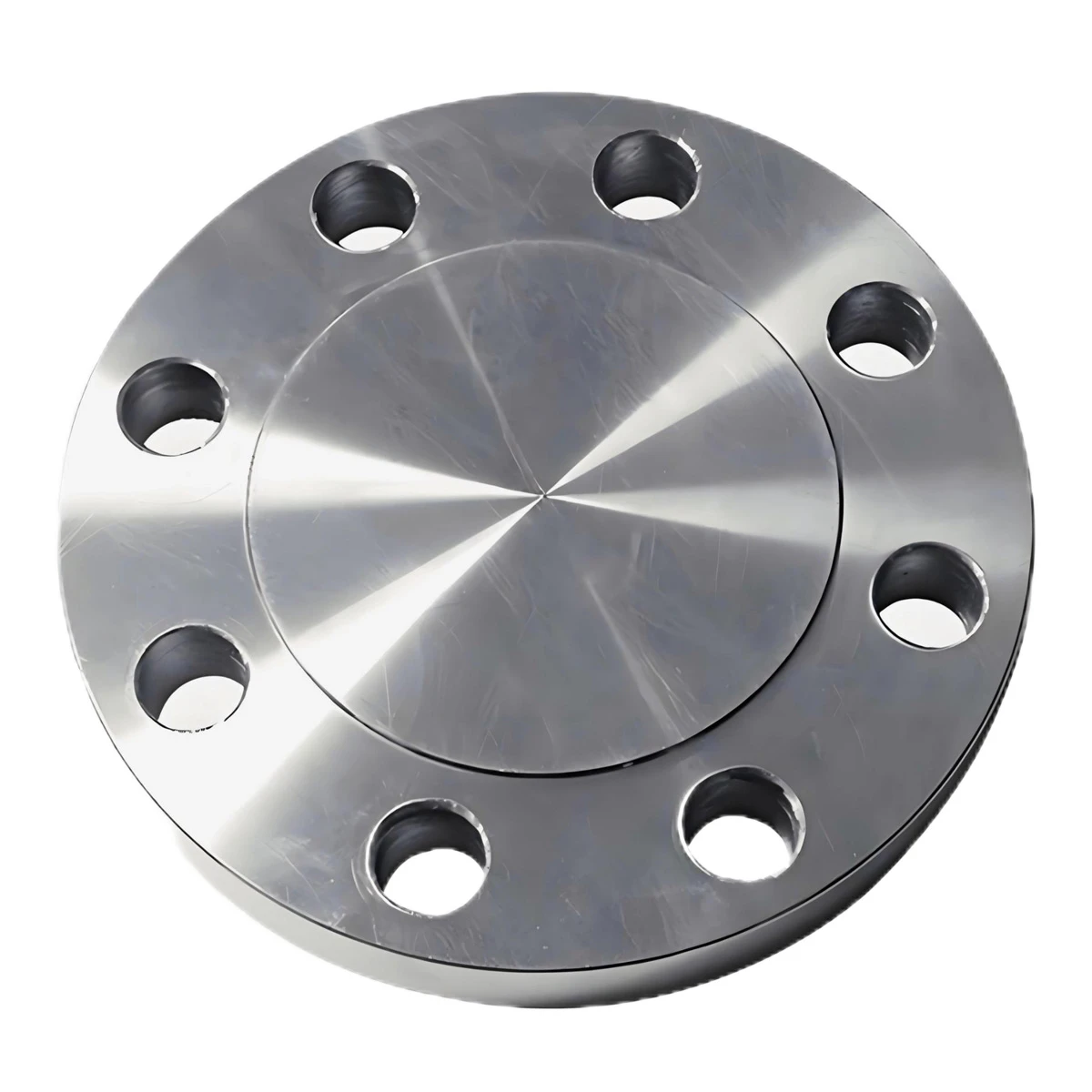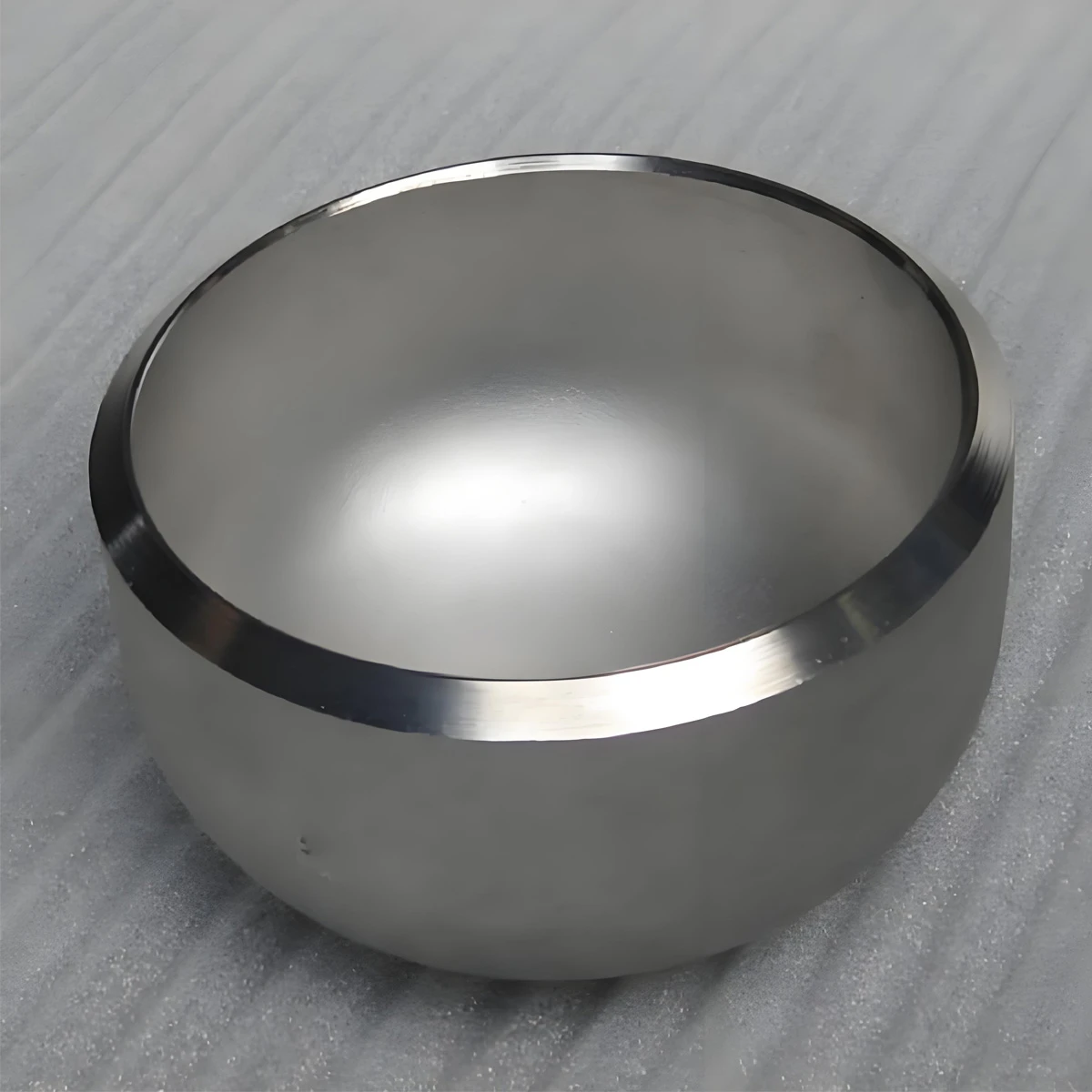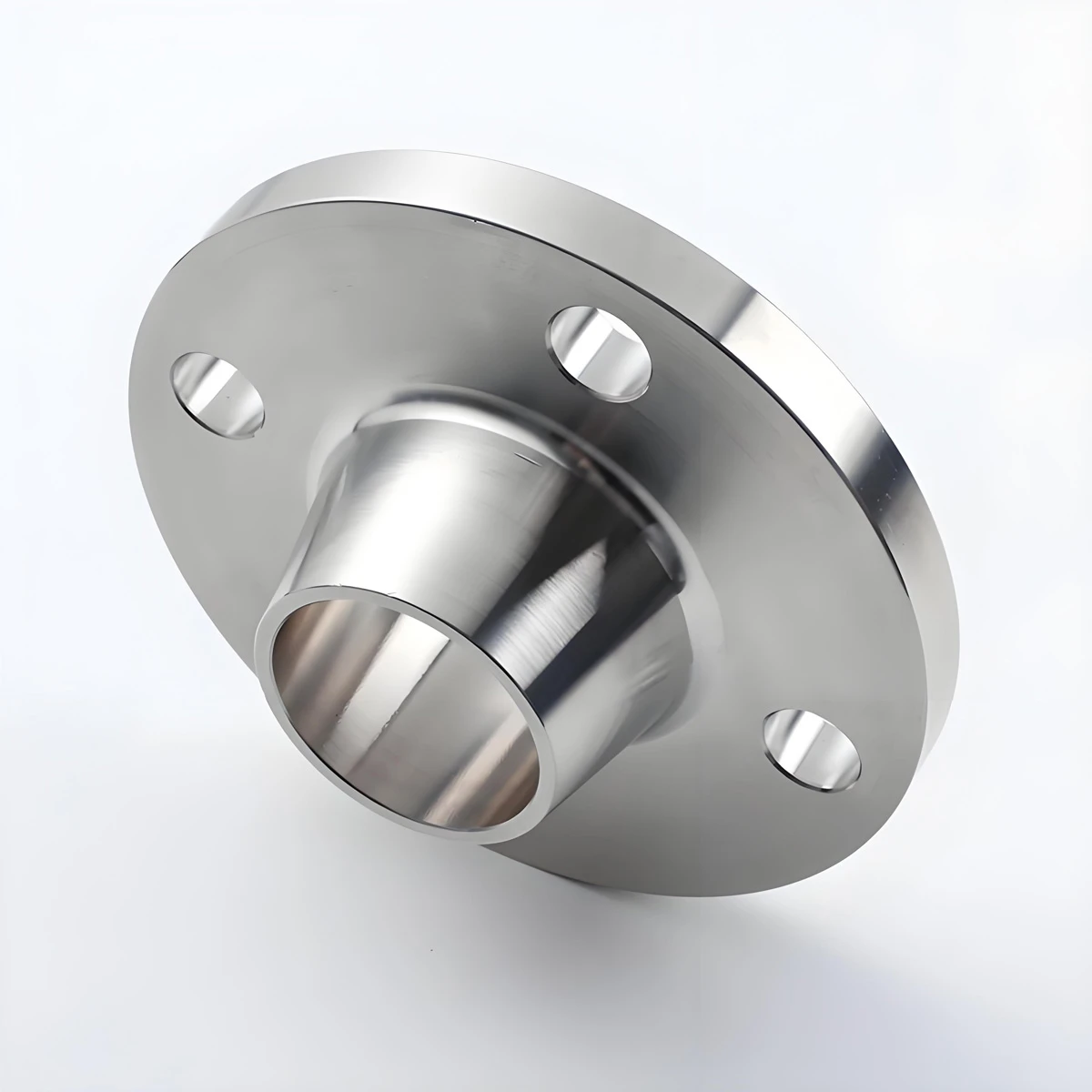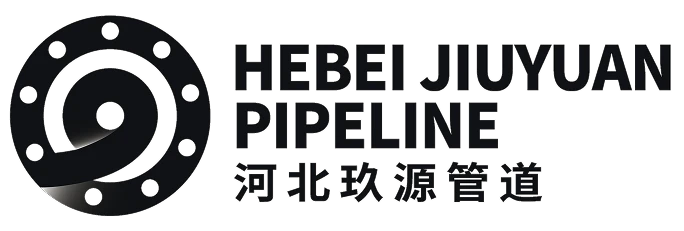
- Albanian
- Arabic
- Armenian
- Azerbaijani
- Belarusian
- Bengali
- Bulgarian
- Croatian
- Czech
- Danish
- Dutch
- English
- Esperanto
- Finnish
- French
- German
- Greek
- Hebrew
- Hungarian
- Indonesian
- irish
- Italian
- Japanese
- Khmer
- Korean
- Kyrgyz
- Lao
- Latin
- Lithuanian
- Malay
- Myanmar
- Norwegian
- Persian
- Polish
- Portuguese
- Romanian
- Russian
- Serbian
- Slovak
- Slovenian
- Spanish
- Swedish
- Tagalog
- Thai
- Turkish
- Turkmen
- Uzbek
- Vietnamese
- Zulu
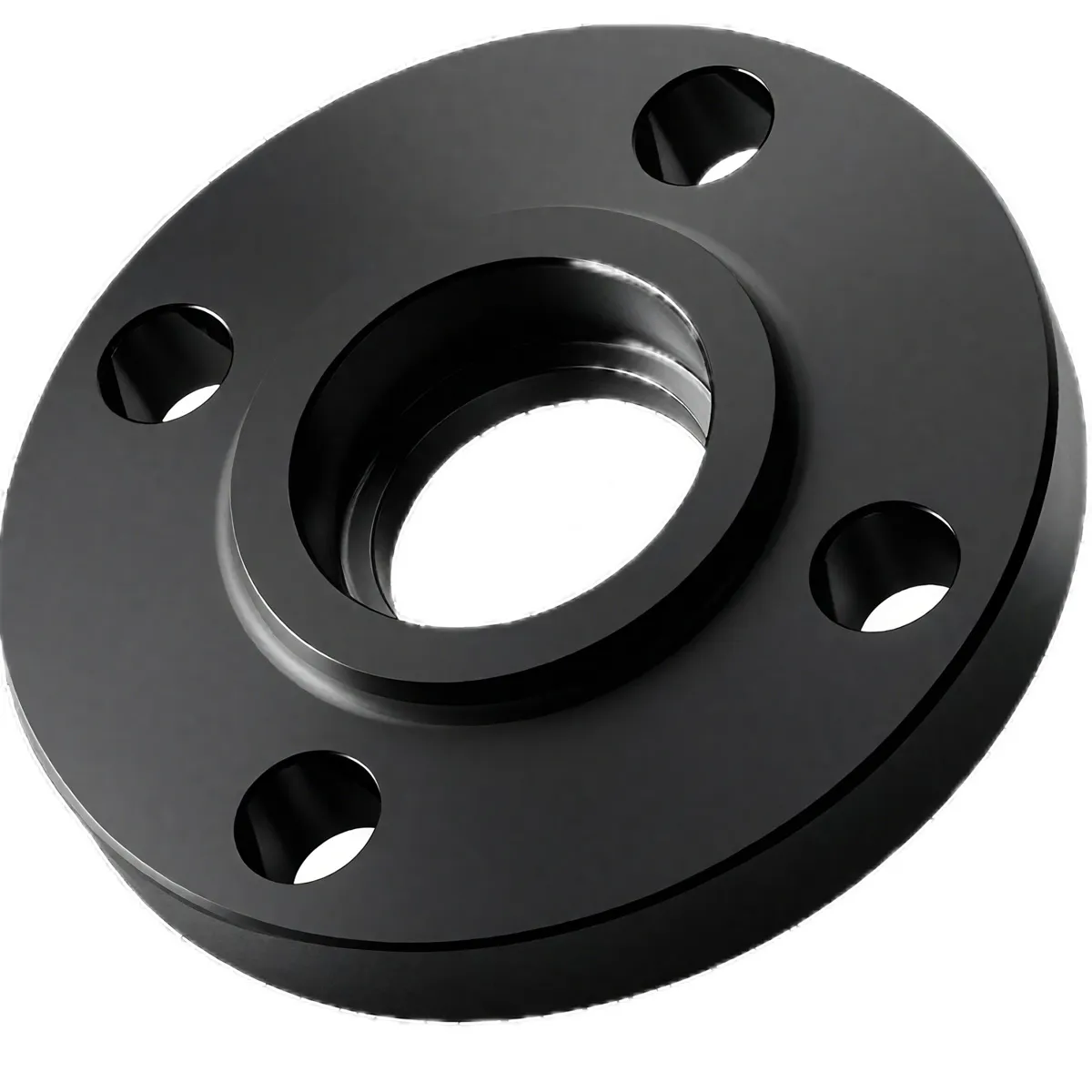
Mastering Industrial Connections: The Unrivaled Role of Socket Weld Flanges
In the intricate world of industrial piping systems, the integrity and reliability of every connection are paramount, directly impacting operational safety, efficiency, and longevity. Among the myriad of flange types available, the socket weld flange stands out as a critical component, particularly favored in high-pressure, high-temperature, and smaller-diameter piping applications where superior leak integrity is non-negotiable. This article delves deep into the multifaceted aspects of this essential fitting, exploring its technical nuances, widespread applications, manufacturing excellence, and the strategic advantages it offers to B2B decision-makers and technical personnel across various sectors. The inherent design of a socket weld flange, which involves inserting the pipe into a recessed socket before fillet welding, provides exceptional strength and a smooth internal bore, minimizing turbulence and ensuring optimal flow characteristics. This design makes it a preferred choice over other flange types, such as slip-on flanges, in scenarios where the consequences of leakage are severe, including critical fluid transportation in petrochemical, oil and gas, and power generation industries. Understanding the precise specifications, material compatibility, and installation best practices for a socket weld flange is crucial for engineers and procurement managers aiming to optimize system performance and extend maintenance cycles. Recent industry trends point towards an increasing demand for highly specialized and customized socket flange solutions, driven by the need for enhanced performance in extreme operating conditions and stricter environmental regulations. Furthermore, advancements in welding technologies and material science continue to refine the manufacturing processes of these flanges, leading to products with even greater durability and resistance to aggressive media. The focus on reducing total cost of ownership (TCO) also influences the selection process, highlighting the long-term value provided by high-quality socket weld flanges that minimize downtime and repair expenses. We will further investigate how the careful selection of a robust socket weld flange, backed by comprehensive testing and quality assurance, contributes significantly to the overall stability and safety of complex industrial infrastructures, reinforcing its indispensable status in modern engineering. The discussion will also touch upon the evolving landscape of global standards and certifications, which continue to shape the design and manufacturing benchmarks for this vital component, ensuring consistent performance and interchangeability across diverse geographical markets. The market for industrial flanges, including socket flange and specialized socket flange welding components, is characterized by its dynamic nature, influenced by global energy demands, infrastructure development, and regulatory frameworks. This robust demand underscores the ongoing relevance and continuous innovation within the socket weld flange sector, solidifying its position as a cornerstone of industrial fluid handling systems worldwide.

The Meticulous Manufacturing Process of a Socket Weld Flange
The production of a high-quality socket weld flange is a sophisticated process that demands precision engineering, stringent material control, and adherence to international standards. It typically begins with the careful selection of raw materials, predominantly high-grade carbon steel (e.g., ASTM A105), stainless steel (e.g., ASTM A182 F304/F316), or various alloy steels (e.g., ASTM A350 LF2 for low-temperature service), chosen specifically for their mechanical properties, corrosion resistance, and suitability for intended operating environments. The chosen material then undergoes a forging process, where metal is heated and shaped under immense pressure using powerful hammers or presses. This forging process is crucial as it refines the grain structure of the metal, eliminating internal voids and increasing its density, thereby enhancing the mechanical strength, toughness, and fatigue resistance of the resulting socket weld flange. Following forging, the blank is subjected to heat treatment, a critical step that involves controlled heating and cooling cycles. This process optimizes the material's microstructure, relieving internal stresses and achieving desired hardness and ductility levels, which are vital for subsequent machining and the flange's in-service performance. After heat treatment, the forged blank moves to the machining stage, often involving advanced CNC (Computer Numerical Control) machines. CNC machining ensures incredibly precise dimensions, including the bore, bolt holes, face finish (e.g., Raised Face (RF) or Flat Face (FF)), and the critical socket dimension that accommodates the pipe. The accuracy achieved during this stage directly impacts the ease of installation and the integrity of the socket flange welding connection. Surface finishing treatments are applied to protect against corrosion and ensure proper gasket seating, which is vital for leak-free operation. Throughout the entire manufacturing chain, rigorous quality control and inspection protocols are implemented. This includes raw material chemical analysis, mechanical property testing (tensile strength, yield strength, impact testing), dimensional inspection using calibrated instruments, and visual inspection for surface imperfections. For critical applications, non-destructive testing (NDT) methods are employed, such as Ultrasonic Testing (UT) to detect internal flaws, Liquid Penetrant Testing (PT) or Magnetic Particle Testing (MT) for surface cracks, and Radiographic Testing (RT) to verify internal integrity of the material. Each socket weld flange produced must comply with international standards like ASME B16.5, which governs dimensions, pressure-temperature ratings, and material specifications, and often supplementary standards like ISO, API, or MSS for specific industry requirements. This meticulous manufacturing process ensures that the finished product boasts an exceptional service life, often extending for decades in demanding industrial environments, contributing to the overall reliability and safety of the piping infrastructure across diverse sectors such as petrochemicals, power generation, chemical processing, and marine engineering. The emphasis on quality assurance throughout every phase of production is what differentiates a premium socket weld flange from lesser alternatives, providing engineers with confidence in its long-term performance and minimizing the risk of costly failures in critical applications.

Key Technical Parameters and Specifications of Socket Weld Flanges
Selecting the appropriate socket weld flange for a given application hinges on a thorough understanding of its key technical parameters and specifications, which dictate its compatibility and performance within a piping system. Foremost among these is the Nominal Pipe Size (NPS), typically ranging from 1/2 inch to 4 inches (DN15 to DN100) for standard applications, as the design benefits of a socket weld flange diminish for larger diameters where butt-weld flanges are more suitable. The Pressure Class, a critical parameter, defines the maximum allowable working pressure (MAWP) at a given temperature. Common pressure classes for socket weld flanges include Class 150, 300, 600, 900, 1500, and 2500, corresponding to increasing pressure ratings, and directly influencing the flange's wall thickness and material strength. For instance, a Class 2500 socket weld flange will be significantly more robust and heavier than a Class 150 flange of the same NPS. The Material Grade is equally vital, determined by the process fluid, operating temperature, and environmental conditions. Common materials include ASTM A105 for general carbon steel applications, ASTM A182 F304/F304L and F316/F316L for stainless steel applications requiring corrosion resistance, and ASTM A350 LF2 for low-temperature service. Specialized alloys are also available for highly corrosive or extreme temperature environments. The Facing Type, primarily Raised Face (RF) or Flat Face (FF), impacts the gasket selection and sealing mechanism. RF flanges are most common, featuring a raised gasket surface that concentrates the bolting force over a smaller area, enhancing the seal. FF flanges are used when mating with cast iron valves or equipment that cannot withstand the concentrated loading of an RF flange. The Schedule of the connecting pipe also dictates the internal bore of the socket weld flange, ensuring a precise fit. Schedules like Sch 40, Sch 80, Sch 160, and XXS correspond to different wall thicknesses, and the flange's socket must precisely match the external diameter and internal bore of the specified pipe schedule to allow for proper insertion and robust socket flange welding. Furthermore, the overall dimensions, including bolt circle diameter, number and size of bolt holes, and flange thickness, must strictly conform to industry standards such as ASME B16.5 to ensure interchangeability and proper alignment with other components in the piping system. Adherence to these precise specifications is not merely a matter of compliance but is fundamental to guaranteeing the mechanical integrity, leak-proof performance, and long-term reliability of the entire fluid conveyance system, especially in critical operations where downtime and safety breaches carry severe financial and environmental penalties. These technical parameters collectively form the engineering blueprint for a socket weld flange, guiding procurement decisions and ensuring that the selected component meets the rigorous demands of industrial service.
| Parameter | Description | Typical Values/Standards |
|---|---|---|
| Nominal Pipe Size (NPS) | The pipe diameter the flange is designed to connect to. Typically smaller diameters. | 1/2" to 4" (DN15 to DN100) commonly |
| Pressure Class | Maximum allowable working pressure rating at specific temperatures. | Class 150, 300, 600, 900, 1500, 2500 |
| Material Grade | Material composition ensuring mechanical strength and corrosion resistance. | ASTM A105 (Carbon Steel), A182 F304/F316 (Stainless Steel), A350 LF2 (Low Temp Carbon Steel) |
| Facing Type | The design of the gasket sealing surface. | Raised Face (RF), Flat Face (FF), Ring Type Joint (RTJ - less common for SW) |
| Wall Thickness (Schedule) | Corresponds to the connecting pipe's schedule, ensuring proper fit in the socket. | Sch 40, Sch 80, Sch 160, XS, XXS (matching pipe) |
| Standard Compliance | Adherence to industry codes for design, dimensions, and testing. | ASME B16.5, API 6A, MSS SP-44, ISO, DIN, BS |
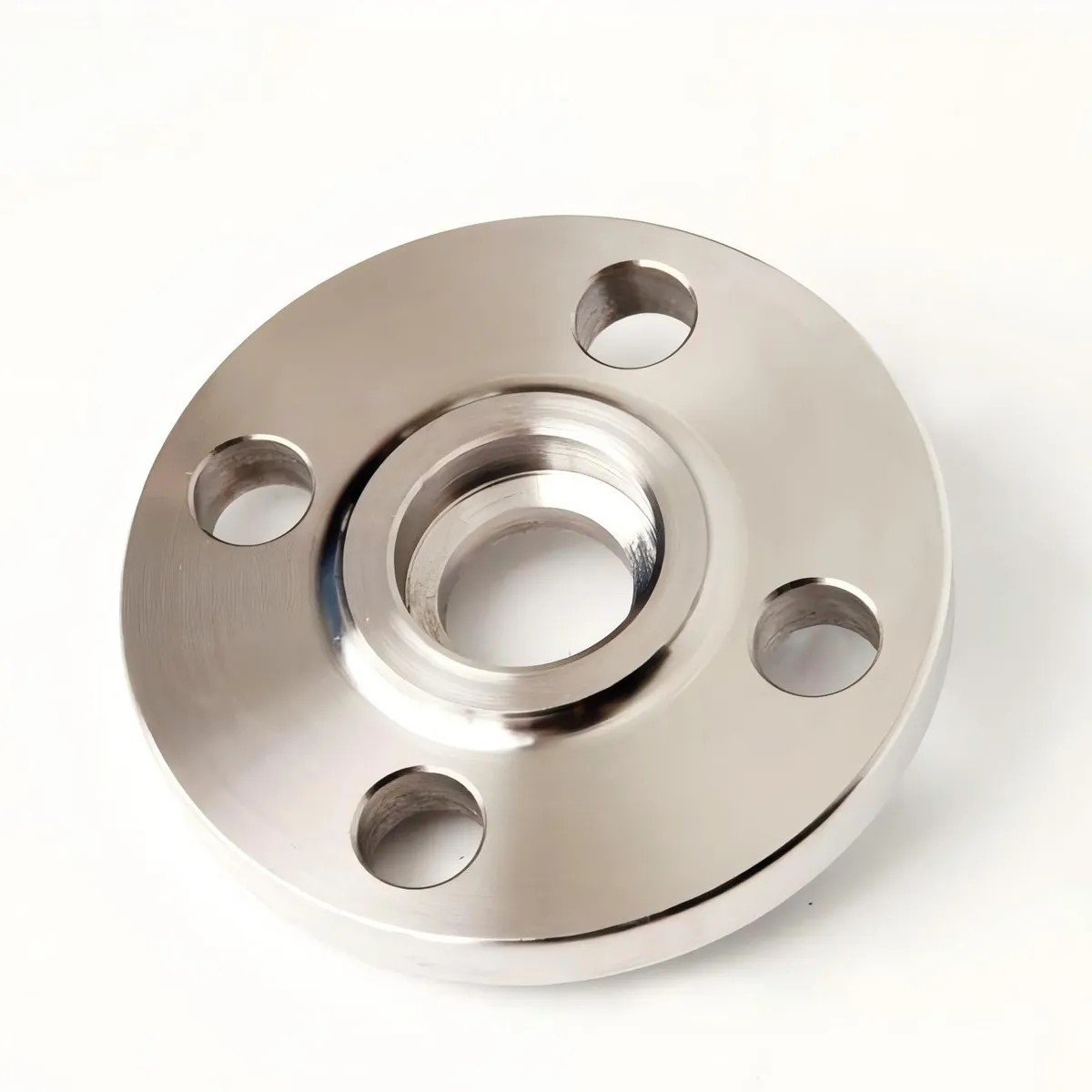
Applications and Strategic Advantages of Socket Weld Flanges
The robust design and inherent advantages of the socket weld flange make it an indispensable component across a diverse array of demanding industrial applications, particularly where small pipe diameters, high pressures, and critical leak prevention are paramount. Its prevalence is evident in sectors such as petrochemical and chemical processing, where it's used in process lines conveying hazardous chemicals, high-pressure steam, or corrosive fluids. In the oil and gas industry, from upstream production facilities to downstream refineries, socket weld flange connections are crucial for instrument lines, small bore piping in high-pressure headers, and other areas where leak-tightness under fluctuating pressures and temperatures is essential. Power generation plants, including thermal, nuclear, and combined-cycle facilities, rely on socket weld flanges for steam lines, condensate return systems, and auxiliary piping, leveraging their resistance to thermal cycling and vibrational stresses. Furthermore, they are extensively used in shipbuilding, pharmaceutical manufacturing, and the pulp and paper industry, each requiring specific material grades to withstand unique operating environments and maintain product purity. One of the most significant technical advantages of a socket weld flange is its exceptional leak integrity. The design allows the pipe to be fully inserted into the socket and then fillet welded on the outside, creating a seamless, high-strength connection. This full penetration weld ensures a smooth internal bore, which significantly reduces turbulence, minimizes pressure drop, and prevents the accumulation of solids or corrosive media within the joint, thereby enhancing energy efficiency and preventing localized corrosion. The smooth bore also makes them suitable for systems where cleanliness and minimal flow obstruction are critical. Moreover, the inherent strength of the socket weld connection provides superior resistance to fatigue and vibration compared to other flange types, making it ideal for systems subject to dynamic stresses. Installation of a socket weld flange is generally simpler than a butt-weld flange as it does not require elaborate pipe end preparation (like beveling), reducing labor costs and installation time, especially in cramped spaces. This ease of installation, combined with their compact design, offers significant advantages in complex piping layouts. The material flexibility, ranging from various carbon and stainless steels to specialized alloys, allows for tailored solutions to combat specific corrosive agents or extreme temperatures, further enhancing the longevity and reliability of the piping system. In an era where energy conservation and environmental protection are key priorities, the leak-free operation provided by a high-quality socket weld flange contributes directly to reduced energy losses from leaks and minimized fugitive emissions, aligning with sustainability goals. The combination of strength, leak resistance, flow efficiency, and installation ease positions the socket weld flange as a preferred choice for engineers seeking reliable and long-lasting solutions for critical piping applications. This strategic advantage translates into lower operational costs, reduced maintenance burdens, and enhanced safety for industrial facilities worldwide.
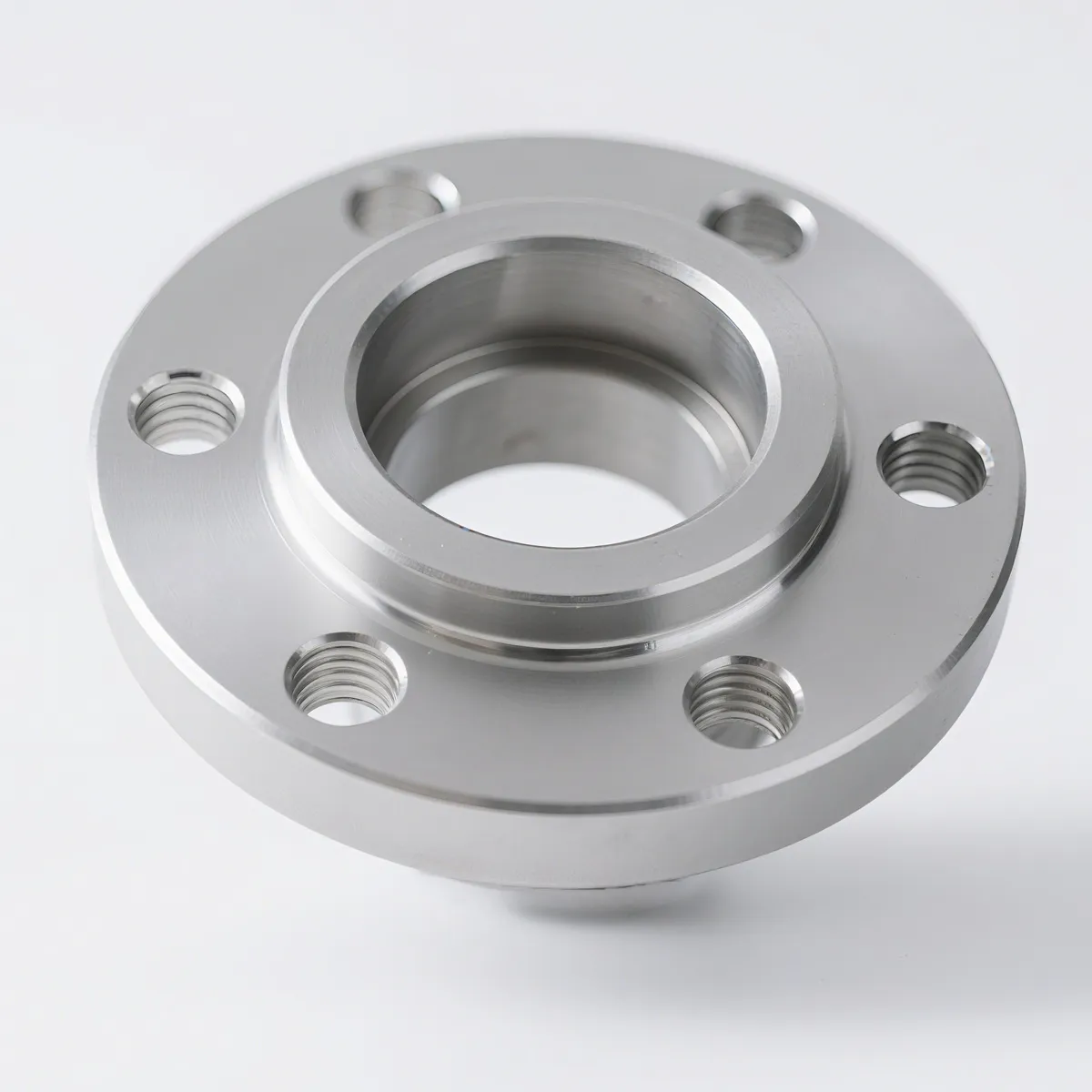
Selecting the Right Partner: Manufacturer Comparison and Customization Expertise
Choosing the right manufacturer for socket weld flange components is a strategic decision that profoundly impacts project success, operational reliability, and long-term cost efficiency. A discerning B2B buyer must look beyond mere pricing and evaluate a manufacturer based on several critical criteria that speak to their expertise, experience, authoritativeness, and trustworthiness. Firstly, comprehensive certifications are non-negotiable. A reputable manufacturer should hold ISO 9001 certification for quality management systems, demonstrating a commitment to consistent quality. For specific industries, certifications such as API (American Petroleum Institute) for oil and gas, ASME (American Society of Mechanical Engineers) U or S stamps for pressure vessel components, and CE marking for products sold in the European Economic Area, indicate adherence to stringent industry-specific standards and regulatory compliance. These certifications validate the manufacturer's quality control processes, material traceability, and manufacturing capabilities. Secondly, the manufacturer's experience in producing socket weld flange products for diverse applications and their service tenure in the industry provide invaluable insight into their technical prowess and problem-solving abilities. A long-standing history often correlates with deeper expertise in material selection, forging techniques, and quality assurance. Robust quality control measures, including in-house testing facilities for chemical analysis, mechanical property testing, and non-destructive testing (NDT), are vital. The ability to provide Material Test Reports (MTRs) that trace raw materials back to their origin ensures complete transparency and accountability. Thirdly, manufacturing capabilities play a crucial role, particularly the capacity for precision forging, advanced CNC machining, and specialized heat treatment processes. This indicates the ability to produce a wide range of standard and non-standard sizes, pressure classes, and material grades with high accuracy. The availability of custom solutions is a significant differentiator. While standard ASME B16.5 socket weld flange types cover many applications, certain projects demand bespoke solutions due to unique dimensional requirements, specific material compositions for extreme environments (e.g., highly corrosive media or cryogenic temperatures), or special surface finishes. A proficient manufacturer should possess the engineering expertise and manufacturing flexibility to collaborate with clients on developing tailored designs, ensuring that the customized socket weld flange meets precise performance specifications without compromising safety or integrity. This customization process often involves detailed technical discussions, design reviews, and prototype development to ensure the final product seamlessly integrates into the client's system. Finally, superior customer support, transparent delivery schedules, and a clear warranty policy underscore a manufacturer's trustworthiness. Reliable delivery cycles, influenced by manufacturing capacity and efficient logistics, are crucial for project timelines. A robust warranty program, coupled with responsive after-sales service and technical assistance, provides peace of mind and builds long-term partnerships, ensuring that any issues are addressed promptly and effectively. Evaluating these factors rigorously enables B2B buyers to partner with a manufacturer capable of delivering high-quality, reliable, and customized socket weld flange solutions that contribute significantly to the operational excellence and safety of their industrial infrastructure.
| Factor | Consideration | Impact on Project |
|---|---|---|
| Certifications & Compliance | ISO 9001, API, CE, ASME U/S stamps, industry-specific standards. | Ensures product quality, safety, and regulatory acceptance. Reduces operational and compliance risks. |
| Material Traceability | Availability of Material Test Reports (MTRs) for raw materials, full batch tracking. | Guarantees raw material authenticity and quality, crucial for critical and regulated applications, aiding troubleshooting. |
| Manufacturing Capability | In-house forging, CNC machining, heat treatment, NDT facilities, capacity for varying volumes. | Indicates ability to produce a wide range of sizes and materials with consistent quality and manage large orders. |
| Customization Options | Ability to produce non-standard dimensions, special alloys, unique finishes, and design modifications. | Critical for unique project requirements, offering flexibility and specialized engineering solutions, avoiding compromises. |
| Lead Time & Logistics | Consistent production and delivery schedules, global shipping capabilities, supply chain robustness. | Directly impacts project timelines, reduces project delays, and ensures on-time component availability, crucial for operational planning. |
| Customer Support & Warranty | Responsiveness, technical assistance, dedicated account management, clear warranty periods and claims process. | Ensures long-term partnership, reliable troubleshooting, protection against defects, and minimized post-installation issues. |
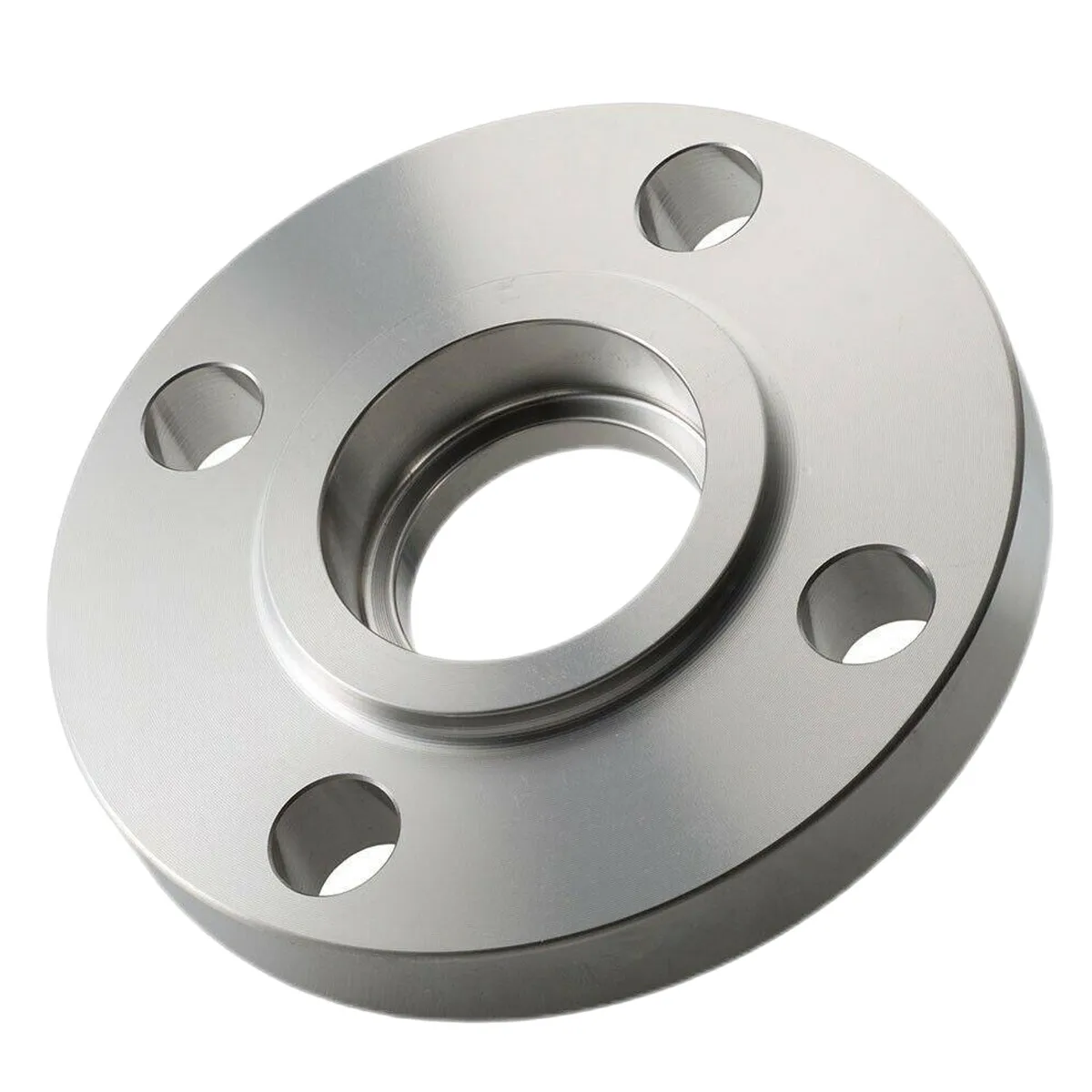
Real-World Impact: Application Case Studies and Client Success Stories
The theoretical advantages of a socket weld flange translate into tangible benefits in real-world industrial applications, as demonstrated through numerous successful projects and positive client feedback. Consider a multinational chemical processing plant that faced persistent leakage issues with threaded connections in their high-pressure steam lines. After an engineering review, they opted to replace these connections with Class 1500, ASTM A105 socket weld flange assemblies. The smooth bore provided by the socket weld connection minimized turbulence, reducing pipe erosion and extending the lifespan of the system. More critically, the enhanced leak integrity due to full penetration socket flange welding eliminated costly and hazardous steam leaks, significantly improving operational safety and reducing maintenance downtime by an estimated 30% annually. Another compelling case involves an offshore oil platform requiring a compact and robust solution for its instrument and sampling lines, which are exposed to significant vibration and corrosive saltwater environments. The platform standardized on socket weld flange connections made from Duplex Stainless Steel (ASTM A182 F51) for their exceptional corrosion resistance and high strength. The inherent rigidity and superior fatigue resistance of these flanges ensured the integrity of critical measurement points, preventing signal loss and reducing the frequency of component replacements. The project manager reported a marked improvement in system reliability, praising the ease of installation in the confined spaces of the platform and the long-term, leak-free performance. In the municipal water treatment sector, an older facility undergoing modernization needed to upgrade its small-bore chemical dosing lines to improve efficiency and prevent environmental contamination. They chose to implement socket weld flange connections in PVC-lined carbon steel pipes. While the welding process for lined pipes has its own challenges, the inherent strength and smooth internal transition of the socket weld minimized chemical buildup, ensuring precise dosing and preventing the leaching of contaminants. The client specifically noted that the reduced pressure drop through the smooth internal bore contributed to energy savings for their pumping systems, while the enhanced corrosion resistance of the overall assembly dramatically lowered the need for frequent repairs. These diverse case studies underscore the adaptability and superior performance of the socket weld flange across various industrial landscapes. Clients consistently report reduced operational costs, extended service life of piping systems, improved safety records, and simplified maintenance routines when transitioning to high-quality socket weld solutions. These successes are not merely anecdotal; they reflect the meticulous engineering, rigorous quality control, and deep material science expertise that go into manufacturing reliable socket weld components. The ability of a socket weld flange to withstand extreme pressures, temperatures, and corrosive media while ensuring leak-proof operation makes it an invaluable asset in any mission-critical piping infrastructure, truly demonstrating its indispensable role in modern industrial success.
Ensuring Trust and Reliability: FAQs, Delivery, and Warranty
Frequently Asked Questions (FAQs) About Socket Weld Flanges
Q: What is the primary advantage of a socket weld flange over a slip-on flange?
A: The primary advantage of a socket weld flange lies in its superior strength, fatigue resistance, and leak integrity, particularly for smaller pipe sizes (typically NPS 4" and below) and higher pressure/temperature applications. Unlike slip-on flanges which require two fillet welds and are more susceptible to external stresses, a socket weld flange features a recessed socket where the pipe is inserted, and then a single fillet weld is applied from the outside. This design provides excellent axial strength and a more robust connection less prone to distortion or leakage under thermal cycling, vibration, or bending moments. The smooth internal bore of the assembled pipe and flange connection also minimizes turbulence and erosion, leading to better flow characteristics and reduced pressure drop, which is critical for efficient fluid transfer and preventing accumulation of process media. This makes it ideal for critical services where leak prevention and system reliability are paramount, such as in high-pressure steam, hazardous chemical, or costly fluid lines. The ability of the socket flange welding joint to withstand greater stresses without compromising integrity makes it a preferred choice for engineers prioritizing long-term operational stability and safety over marginal cost savings. Additionally, the need for only one fillet weld simplifies the welding process and reduces material consumption compared to butt-weld flanges, offering a practical balance between cost, performance, and installation efficiency, further solidifying its niche in demanding industrial applications.
Q: In which industries are socket flange welding connections most commonly utilized, and why?
A: Socket flange welding connections are extensively utilized across industries demanding high pressure, high temperature, and critical service conditions where leak prevention and system integrity are paramount. These include: Petrochemical and Chemical Processing: For handling corrosive acids, bases, and volatile hydrocarbons under severe operating conditions, where even minor leaks can lead to significant safety hazards or environmental damage. The robust, leak-tight seal of the socket weld flange is crucial here. Oil and Gas (Upstream and Downstream): In high-pressure manifolds, instrument lines, and small-bore process piping within refineries, gas processing plants, and offshore platforms. Their resistance to vibration and thermal cycling ensures reliability in dynamic environments. Power Generation: Particularly in steam lines, condensate return systems, and boiler feed water lines in thermal and nuclear power plants, where high temperatures and pressures are standard, and continuous operation is critical. Shipbuilding: For marine piping systems, especially those carrying fuel, oil, and high-pressure fluids, benefiting from their compact design and resistance to ship movements and vibrations. Pharmaceutical and Food Processing: While typically using stainless steel variants, socket weld flange connections are sometimes employed for their smooth internal bore, which helps maintain hygiene and prevents contamination. The primary reason for their widespread adoption in these sectors is their unique combination of mechanical strength, superior leak integrity, and ease of installation for smaller pipe diameters. The design allows for an internal smooth bore, which reduces pressure drop and minimizes areas where corrosive media could collect, contributing to longer system life and reduced maintenance. This makes them a cost-effective choice in the long run, despite potentially higher initial installation complexity compared to threaded fittings, due to their unmatched reliability and safety performance in arduous applications.
Q: What inspection and quality control measures are typically applied to a socket weld flange during manufacturing?
A: Reputable manufacturers of socket weld flange products adhere to stringent inspection and quality control protocols throughout the production lifecycle to ensure every component meets the highest standards of integrity and performance. These measures typically include: Raw Material Verification: Before forging, incoming raw materials undergo comprehensive chemical analysis (e.g., spectrometer testing) and mechanical testing (e.g., tensile strength, yield strength, impact testing) to confirm compliance with specified ASTM or ASME material grades (e.g., A105, F304, LF2). Material Test Reports (MTRs) are maintained for full traceability. Dimensional Inspection: After machining, each socket weld flange is subjected to meticulous dimensional checks using precision calibrated tools (calipers, micrometers, gauges) to ensure compliance with ASME B16.5 standards, verifying bore diameter, outside diameter, bolt circle diameter, flange thickness, and especially the critical socket dimensions. Visual Inspection: Trained inspectors perform thorough visual examinations to detect surface imperfections such as cracks, laminations, excessive pitting, or incomplete machining, which could compromise the flange's integrity or performance. Non-Destructive Testing (NDT): For critical applications or per client specifications, NDT methods are extensively employed. This may include Ultrasonic Testing (UT) to detect internal flaws or voids within the material, Liquid Penetrant Testing (PT) or Magnetic Particle Testing (MT) for identifying surface-breaking discontinuities, and in some cases, Radiographic Testing (RT) for highly critical weld joint integrity if the flange is part of a pre-assembled unit. Hardness Testing: Ensures the material's hardness is within acceptable ranges, indicating proper heat treatment and mechanical properties. Hydrostatic Testing: Although typically performed on the complete piping system, some manufacturers may conduct pressure tests on larger or custom socket weld flange assemblies to verify their pressure containment capabilities before dispatch. This multi-layered approach to quality control, from raw material to finished product, ensures that each socket weld flange delivered is robust, reliable, and capable of performing flawlessly in demanding industrial environments, providing customers with complete confidence in their purchase.
Delivery and Warranty Commitments
Understanding the delivery cycle and warranty commitments of a socket weld flange supplier is as crucial as evaluating the product's technical specifications, directly influencing project timelines and long-term operational costs. A professional manufacturer strives for transparency and predictability in their delivery processes. The delivery cycle for socket weld flange orders can vary significantly based on several factors, including the quantity required, the complexity of customization (e.g., special materials, non-standard dimensions, or unique pressure ratings), and current stock levels for standard items. For commonly used carbon steel socket flange products in standard sizes, lead times might be relatively short, often within a few weeks from order confirmation. However, highly customized or specialized alloy flanges may require longer production schedules due to material procurement, complex forging, and extensive testing, potentially extending to several months. Reputable manufacturers will provide accurate lead time estimates upfront, communicate any potential delays promptly, and work closely with clients to manage project schedules effectively. This often involves strategic inventory management for common items and streamlined production planning for custom orders. For global clients, established manufacturers leverage robust logistics partnerships, ensuring efficient and secure worldwide shipping, complete with proper packaging to prevent transit damage and comprehensive documentation for customs clearance. Beyond delivery, a solid quality assurance program and a comprehensive warranty policy are hallmarks of a trustworthy supplier. Manufacturers committed to excellence will back their socket weld flange products with a clear warranty that typically covers defects in material and workmanship for a specified period (e.g., 12 to 24 months from installation or shipment). This commitment reflects the confidence the manufacturer has in their quality control processes and the durability of their products. It provides clients with essential protection and assurance against unforeseen issues. Furthermore, a reliable supplier offers prompt customer support, including technical assistance for installation queries, troubleshooting, and efficient handling of any warranty claims. This unwavering dedication to quality, coupled with dependable logistics and a robust warranty, forms the bedrock of trust between the manufacturer and the B2B buyer, ensuring that the investment in socket weld flange components translates into enduring value and seamless project execution. This holistic approach, from initial inquiry through product lifecycle support, solidifies the partnership and mitigates risks for critical industrial operations, proving that the commitment extends far beyond the point of sale.
Conclusion: The Indispensable Role of Socket Weld Flanges in Modern Infrastructure
The journey through the intricate world of socket weld flange technology underscores its profound significance as a fundamental component in the vast network of modern industrial piping systems. From its precise manufacturing processes, encompassing meticulous material selection and advanced forging techniques, to its stringent quality control measures adhering to international standards like ASME B16.5, every aspect of a socket weld flange is engineered for maximum reliability and performance. We have explored how its unique design, featuring a recessed socket for pipe insertion and a single fillet weld, delivers unparalleled leak integrity, superior mechanical strength, and excellent resistance to fatigue and vibration, especially critical for smaller pipe diameters and high-pressure applications. The smooth internal bore created by the socket flange welding connection not only optimizes flow characteristics by minimizing turbulence but also reduces the potential for erosion and accumulation of corrosive media, thereby contributing to enhanced energy efficiency and extended system lifespan. The diverse applications across petrochemical, oil and gas, power generation, chemical processing, and shipbuilding industries vividly illustrate its versatility and indispensable role where safety, efficiency, and continuous operation are paramount. The ability to customize socket weld flange solutions to meet unique project specifications, whether for specialized materials, non-standard dimensions, or extreme operating conditions, further solidifies its position as a highly adaptable component. For B2B decision-makers and technical personnel, the strategic importance of selecting a reputable manufacturer cannot be overstated. A manufacturer's adherence to global certifications (ISO 9001, API, CE), rigorous quality control, full material traceability, transparent delivery processes, and comprehensive warranty commitments are crucial indicators of trustworthiness and long-term partnership potential. Real-world case studies consistently demonstrate how high-quality socket weld flange installations translate into tangible benefits: reduced operational costs from eliminated leaks and lower maintenance, improved safety records, and extended service life of critical infrastructure. As industries continue to evolve, driven by demands for higher efficiency, stricter environmental regulations, and safer operations, the continuous innovation in flange technology will ensure that the socket weld flange remains at the forefront of robust and reliable piping connections. Its combination of inherent strength, leak-proof performance, and ease of installation in specific contexts makes it an enduring cornerstone of industrial fluid handling systems worldwide, safeguarding processes, assets, and personnel. Investing in high-grade socket weld flange components is not merely a purchase; it is a strategic decision that underpins the stability and longevity of industrial operations, affirming its critical and unwavering role in the infrastructure of tomorrow.
References & Further Reading
- ASME B16.5 - Pipe Flanges and Flanged Fittings - The definitive standard for flange dimensions, pressure-temperature ratings, and materials.
- ASTM A105/A105M - Standard Specification for Carbon Steel Forgings for Piping Applications - Provides detailed requirements for the material commonly used in carbon steel flanges.
- ISO 9001 - Quality management systems — Requirements - International standard for quality management systems, often a key certification for reputable manufacturers.
- American Petroleum Institute (API) Standards - Essential for the oil and gas industry, covering various aspects of equipment and operations.
- Manufacturers Standardization Society of the Valve and Fittings Industry (MSS) Standards - Offers practices and standards for valves, fittings, flanges, and pipe hangers, complementing ASME.
-
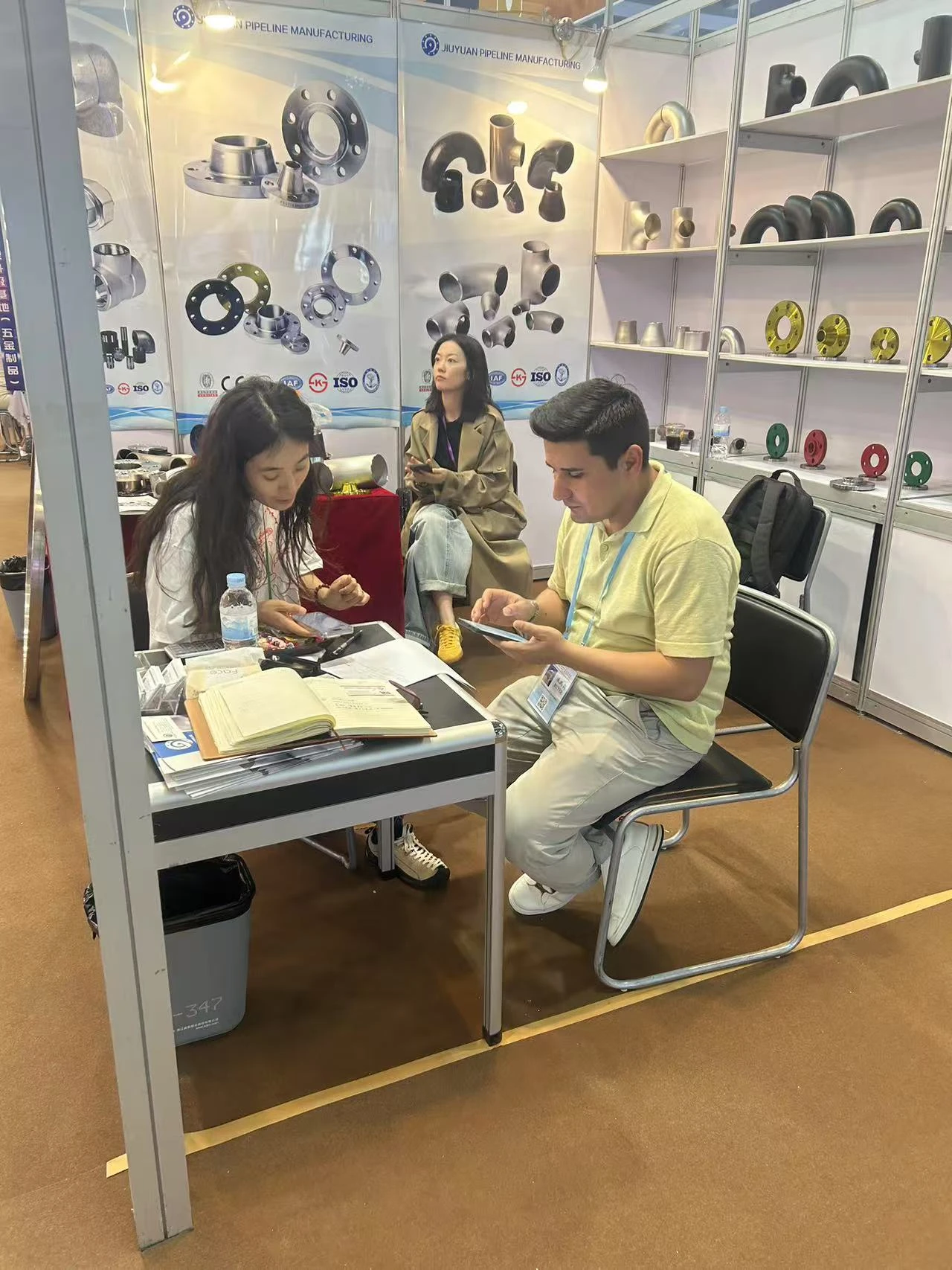 Apr. 28, 2025
Apr. 28, 2025From April 15 to April 19, 2025, our company proudly participated in the renowned Canton Fair held in Guangzhou, China.
-
 Apr. 24, 2025
Apr. 24, 2025Jiuyuan Pipeline is excited to announce its participation in the upcoming 2025 Wire / Tube with Metal & Steel KSA exhibition, scheduled from May 5th to May 7th, 2025.
If you are interested in our products, you can choose to leave your information here, and we will be in touch with you shortly.
